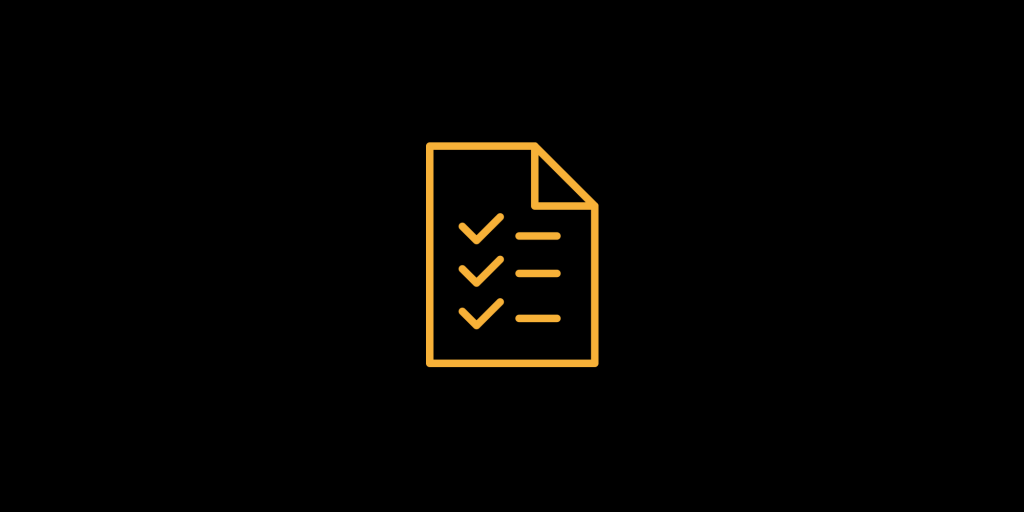Meeting Promotion and Publicity Checklist
1. Review previous years’ promotional budgets
2. Determine objectives and scope of program
3. Determine audience(s): membership, potential exhibitors, an industry or trade, general public.
4. Develop theme and corresponding graphics. Considerations should include purposes of individual pieces: who will receive them, tone to be conveyed, how they will be produced, how many colors will be needed, what layout format is required at each stage (from rough to comprehensive), and how much is budgeted for them.
5. Develop a schedule for the campaign.
6. Set the promotional budget based on characteristics of membership, features of the venue, time of year, strength of program, and costs of attendance.
7. Develop promotional materials according to tested criteria: short and forceful sentences, convincing explanation of benefits to attendees, clear emphasis on important elements of meeting, and easy means of registering.
8. Plan for all items needed for the campaign to carry theme forward, taking into account costs of special effects like embossing or die -cutting; quality, grade, weight, and finish of paper; number of ink colors used; time for production; and quantity required:
a. pre-meeting letters and announcements
b. preliminary programs
c. registration and housing forms
d. promotional pieces for both exhibitors and attendees
e. invitations
f. follow-up mailings
g. final agendas/program books
h. badge inserts
i. tickets
j. on-site registration materials
k. signage
l. newsletters
m. lists of registered attendees
9. Solicit a minimum of three competitive bids for all printing, checking samples of paper stock, samples of work for other meetings, references, and explanation of other services each firm can provide.
10. Select printer(s), taking into account whether the need is for “quick” or commercial quality, demonstrated ability of a single printer to handle all needs, availability of necessary equipment for jobs, and ability to meet deadlines.
11. Agree with the printer on schedule into which extra time is built, and monitor deadlines for rough layout, submission of copy, preliminary approval, completed layout, final approval of blueline, and delivery of the job.
12. Promote at previous year’s meeting.
13. Release promotional pieces, press releases, and related materials in accordance with a schedule, with news releases preceding membership promotional mailings.
14. Target local, national, international media as appropriate by type: trade papers, newspapers and periodicals of general interest, radio and television tailored to market.
15. Overall, control promotional costs through the following measures:
a. Obtain firm written bids for services
b. Provide clean, competently proofread copy to printers
c. Use standard paper sizes where at all possible
d. Use the same paper stock for many pieces
e. Piggyback print items using same color
f. Use standard PMS ink colors
g. Reuse graphics
h. Avoid unnecessary special effects
i. Avoid perforations in favor of dotted-line cutting guides
j. Coordinate printing times
k. Set and enforce firm policy on overtime
l. Minimize the number of copy changes
* Courtesy of Professional Convention Management Association
